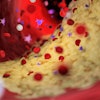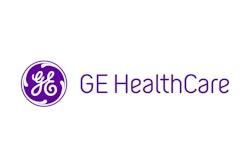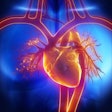Tuesday, November 27 | 10:50 a.m.-11:00 a.m. | SSG16-03 | Room S403B
Spectral CT can be used to distinguish moderately differentiated adenocarcinoma from poorly differentiated adenocarcinoma and is helpful for evaluating the differentiation state of gastric cancers, say researchers from China.Cancer stage is more important than differentiation of histology in gastric cancers because stage directly affects patient management. However, histodifferentiation is also helpful for predicting the aggressiveness and behavior of tumors, Dr. Lihong Chen, from Fujian Medical University Union Hospital, told AuntMinnie.com.
"As we know, poorly differentiated carcinomas will possibly cause more metastases than well-differentiated ones," he said. "Sometimes it means doctors need to enlarge the removal range or consider more complex treatment for patients."
The study assessed the clinical application of gemstone spectral CT imaging for evaluating the differentiation states of gastric cancers quantitatively based on their iodine concentration. In all, 67 patients underwent triple-phase (arterial, venous, and parenchymal) contrast-enhanced spectral CT (Discovery CT750 HD, GE Healthcare). The iodine contrast of lesions was examined in regions of interest on iodine-based images in each enhanced phase, and normalized iodine concentrations were obtained in relation to contrast enhancement in the aorta, according to the researchers.
The study found 32 moderately differentiated and 35 poorly differentiated adenocarcinomas that were confirmed at pathology. The iodine concentrations of moderately differentiated adenocarcinomas were lower than those of poorly differentiated adenocarcinomas, the group reported. The normalized iodine concentrations of moderately differentiated adenocarcinomas were also lower than those of poorly differentiated adenocarcinomas.
"The concentration of iodine is related to the histodifferentiation of gastric carcinoma: poorer differentiation, higher iodine concentration," according to Chen. The research also shows higher or lower concentrations of iodine based roughly on tumor blood supply, he noted.



















